Feature
How Books Can Help Kids Develop Empathy For Children With Disabilities
For most of us, who grew up with Nancy Drew and Enid Blyton, our heroes were all-white and wholesome. They lived in a perfect world where picnics were had on sun-drenched hills and mysteries were solved in pretty English villages and neat American neighbourhoods.
Today, however, the world over, children’s books are reflecting a more complex, diverse and inclusive reality. And a heartening trend is the increasing number of books featuring children with disabilities- a move that many believe can help build a more empathetic society.
Says Sayoni Basu, Primary Platypus, Duckbill Books, whose list includes several such titles, “We experience things that we would not have otherwise experienced in the books we read. And see beyond the surface to empathise with people who may be regarded as ‘other’. (For this reason) we felt that there should be more books exploring the inner worlds of people with disability.”
Indian Publishing’s Quiet Revolution – A Diverse Landscape Of Stories
For several years now, independent publishers in India have been creating stories that are not a part of mainstream literature. It’s only natural that they expand the concept of inclusion to children with disabilities. “We have always published books… reflecting the many different childhoods in our society. These naturally included children with different abilities,” says Radhika Menon, Publishing Director, Tulika Books.
In 1999, a Tulika book featured a child with cerebral palsy, Why Are You Afraid To Hold My Hand by Sheila Dhir. More recently, Duckbill published Simply Nanju by Zainab Sulaiman and Dhanak by Nagesh Kukunoor and Anushka Ravishankar. However, Basu felt that there weren’t enough of these. In 2016, along with Parag (A Tata Trust) and Vidyasagar School, Chennai, Duckbill launched a competition called Children First, seeking stories that featured children with disabilities. The Children First series of books, published as a result of this competition, is now an important part of its list.
Today, an increasing number of publishers are creating such stories. There are a lot more books featuring children with disabilities – from a child attempting to overcome a stammer (Manya Learns To Roar by Shruthi Rao) to stories about visually impaired children (Thukpa For All by Praba Ram and Sheela Preuitt, Machher Jhol by Richa Jha and Sumanta Dey, Kanna Panna by Zai Whitaker and Niloufer Wadia). There are books that tell the story of a child with cerebral palsy as well as one in a wheelchair (Chuskit Goes To School by Sujatha Padmanabhan, Catch The Cat! by Tharini Vishwanath and Nancy Raj). And then there are those that have children with disabilities as heroes everyone can look up to (Wings To Fly by Sowmya Rajendran and Arun Kaushik, Neel On Wheels by Lavanya Karthik ). These are just some of the diverse books available today and, while they may not change the world in one day, their very presence is significant.
Strong Stories Open Minds, New Perspectives
Raviraj, an occupational therapist who works with children with disabilities at Ummeed Child Development Centre, believes that these books can be used to start conversations about inclusion and accepting diversity. “Children with disabilities are as much a part of society as any other children, and their inclusion in books creates a narrative in which they are an intrinsic part of a diverse society.”
At the earliest level, read-aloud books can provoke curiosity and discussion. This is the first step in creating awareness and empathy. In a book club for children run by Archana Atri in Gurgaon, children discuss both the text and pictures. They share their perceptions and Atri even has the children talk to the author directly so they can ask questions! When the children read Vibhuti Cat by Shikhandin about a child on the spectrum and had some questions, she got them on a video call with the author to discuss this. When they read Chuskit Goes To School, they actually came up with a petition asking for ramps and lifts to be laid out in their apartment complex.
Often, the books find unexpected audiences. Neel On Wheels author Lavanya Karthik is often surprised when “kids as young as four and five have used the story to talk about their own fears and identify with Neel’s approach to get past them.” Menon was invited to talk about Tulika’s children’s books on disabilities at a multinational bank to sensitise the adults on the theme. Informative books are also often helpful to start a conversation with parents, siblings and caregivers.
Sensitive And Respectful Portrayals Encourage Genuine Empathy, Dispel Stereotypes
Empathy on a broader level can only be possible if these books portray children with sensitivity and respect. Thoughtful publishers create stories that transcend the specifics of a disability to connect with universal themes.
“The stories we picked as winners were the ones which explored the world deeply…and which showed, as the series name emphasises, that kids with disability are not defined by it, but are ‘children first’ with the same desires and needs,” says Basu. And this is what prompted Karthik to participate because “the competition sought strong, inclusive stories that steered clear of stereotypes.”
“It is very important that these children are portrayed with sensitivity and respect,” insists Raviraj. Without this, he feels it could, in fact, work in reverse and create a certain stereotype.
Menon agrees, “What we as writers, illustrators, editors of children’s books need to watch out for is the danger of reducing disability, poverty, caste, class, and gender to stereotypes… Stereotypical attitudes can creep into a story or visual in many subtle ways that we are not even aware of. There is huge learning there for all of us – and it is an ongoing process.”
Writers like Lavanya concur. “Neel is inspired by lots of amazing kids I’ve known over the years- naughty, imaginative, spirited, compassionate, funny. That he also happens to be in a wheelchair is purely incidental,” she says.
The Importance Of Seeing One’s Self In Stories
On a more fundamental level, Raviraj believes that the presence of children with disabilities in these books, not just as the central character, but even as one of many characters will go a long way in helping them feel included in the larger picture of society.
Menon agrees, “It is important for children with disabilities to see themselves in children’s books, but it is also for other children to see them and accept them as ‘one of us’. Eight (of our books) visually include children with disabilities who are not essential to the story but are there just like other characters are. To see them naturally in the books they read is as important for sensitising children as specific books with a disability theme.”
Good Books Can Change The World!
“Most good books make a difference at a subconscious level, which is often difficult to articulate or quantify,” says Basu. As Raviraj says, “Children who grow up in this narrative space will accept this as natural and won’t have to make an extra effort to be inclusive.”
Atri is already seeing the difference in her book club members. “The degree to which this (empathetic attitude) translates into active engagement may not be a direct ’cause and effect’. But even a change in the way they think and talk about them…is a step forward. And this is something I can personally vouch for among the members of my club,” she says.
And as more and more publishers support thoughtful literature for children, we can hope that such a change can go beyond the circles of discerning book lovers to society at large.
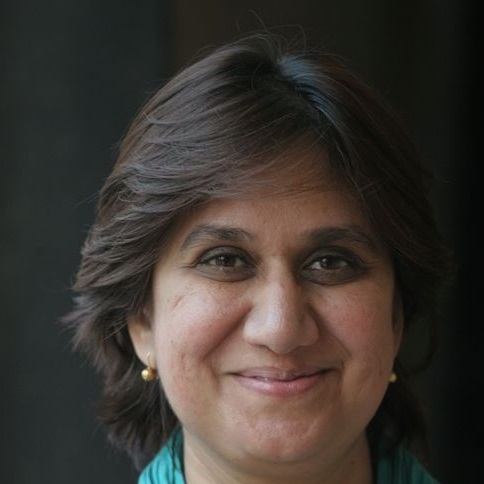
Lubaina Bandukwala has been in children’s publishing as a writer, editor and festival curator for a decade. She founded the Peek A Book Literature Festival for children, which is now in its fourth year.
Read her articles here.

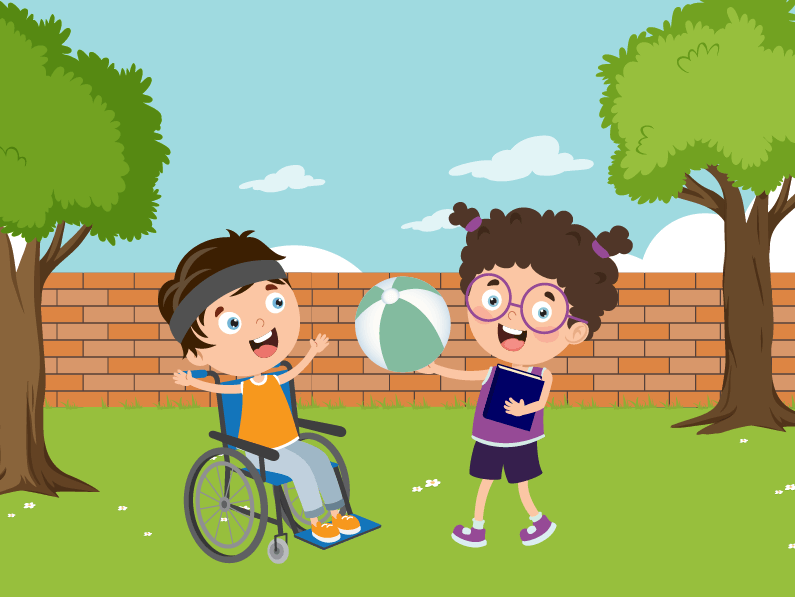
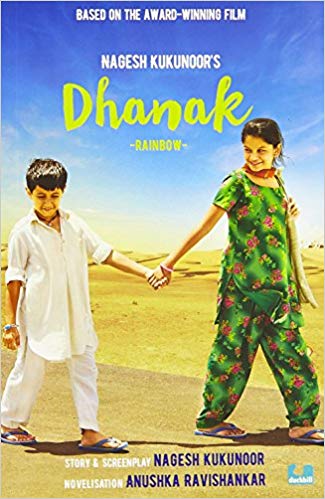
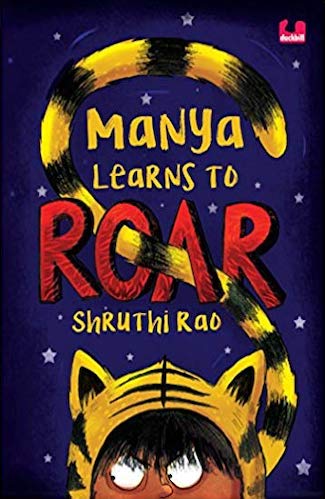
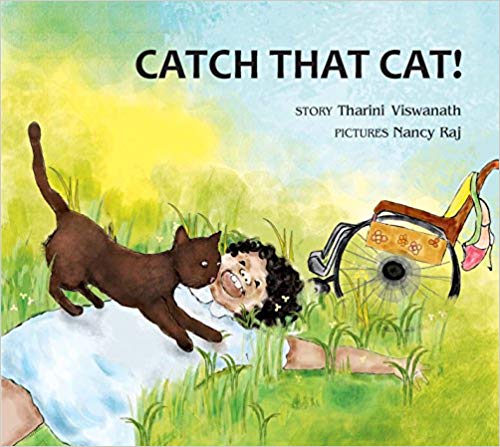
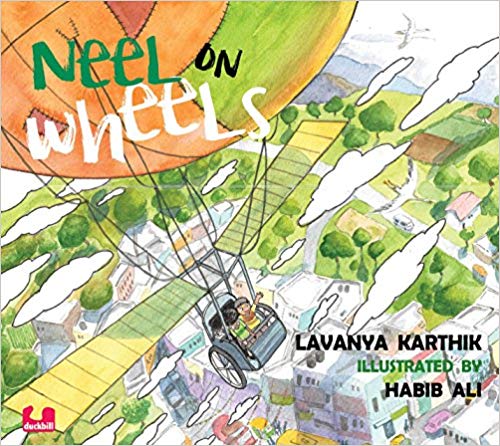
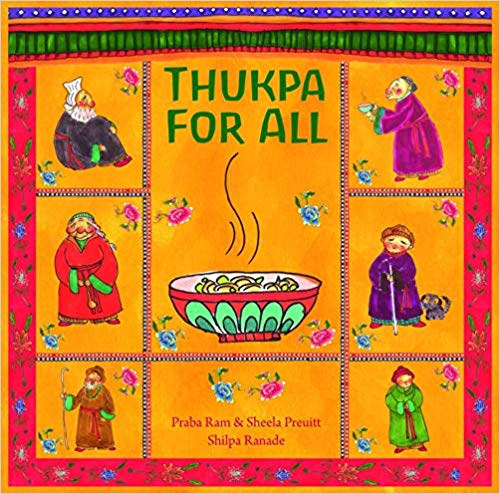
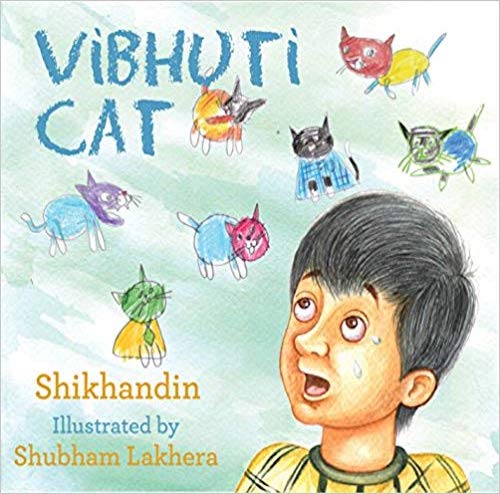
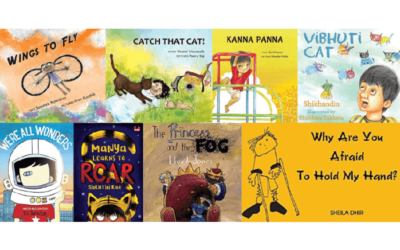
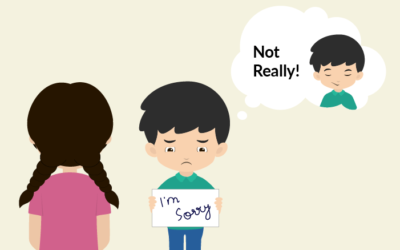
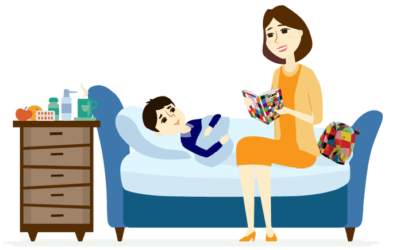
It is very very important that the seeds of empathy are sown in kids in the early years of growing itself.
Books n stories are the best medium through which this can be imbibed in children .
Yes, I really believe that!